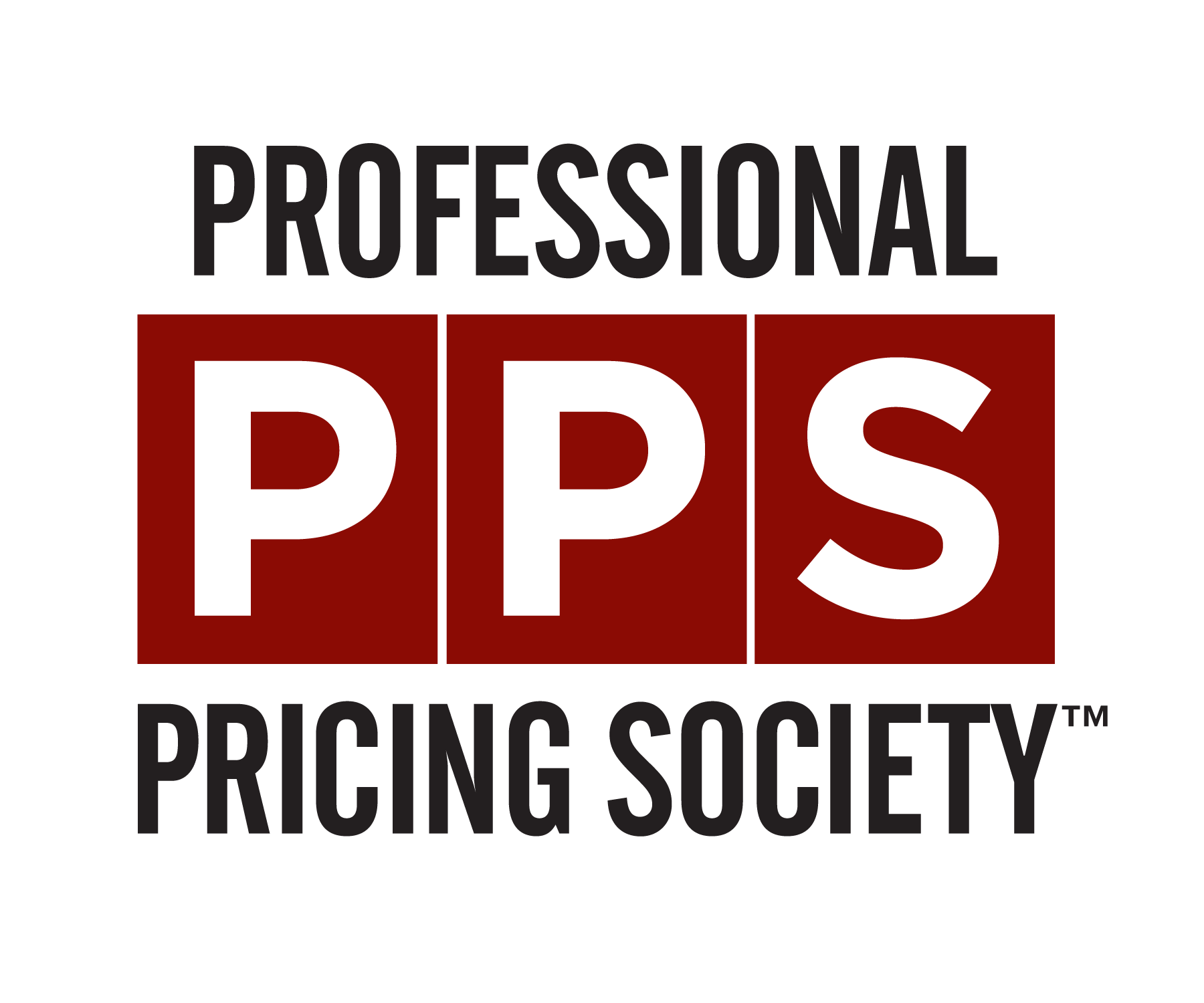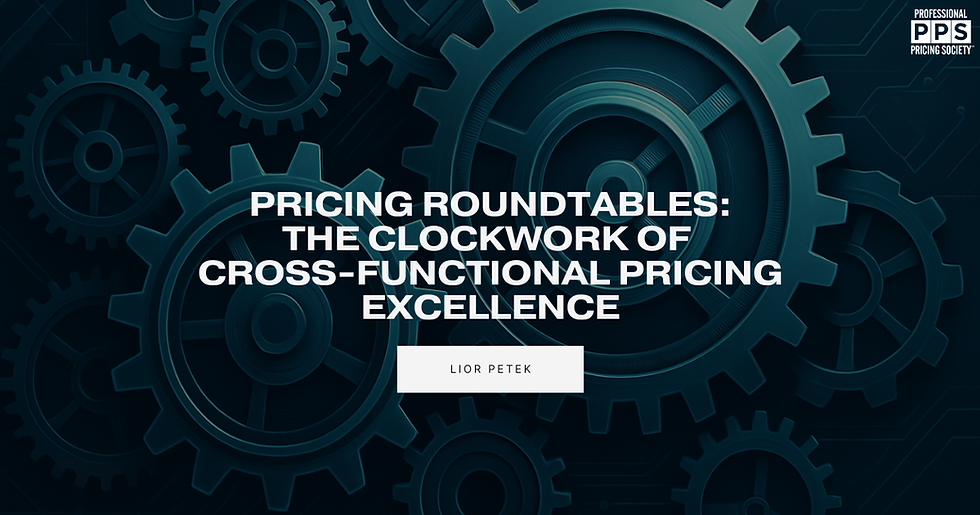Pricing In The New Digital Age
- Meagan Ford
- Jun 29, 2020
- 3 min read

This Guest Post was written by Nolwenn Godard, Director of Product Management at PayPal.
Nolwenn Godard is a Director of Product Management at PayPal, where she helps teams build and scale products and platforms. She is passionate about harnessing technology for value creation and social impact. In the past five years, she has led a Pricing technology transformation, enabling the Pricing platform to price 12 billion payment transactions, generate over $ 17 billion in revenue and serve 305 million active accounts in more than 200 markets in 2019. Nolwenn was an honoree of the 2018 Silicon Valley Women of Influence. She earned her MBA from ESSEC business School in France
Technology, in particular the digitization of the economy, is altering entire business ecosystems. Increased price transparency and choice are strengthening the negotiation power of customers.
Data science, Artificial Intelligence and predictive analytics offer an unprecedented possibility for pricing intelligence and new disruptive pricing models. What does this all mean for the Pricing function at your company?
Looking at our current reality and imagining the future, we can expect the five trends below to reshape our business landscape:
Economic Digitization. The digitization of the economy will have a profound impact on businesses. This is being fostered by ever-increasing processing power, big data and powerful algorithms along with greater access to technology globally. The global coronavirus pandemic only seems to accelerate and reinforce this trend, as many services and verticals – including commerce, education and communication – are now moving into the digital space.
Greater transparency of interests, desires and behaviors. Due to massive data from social media and the Internet of Things and its interpretation by machine learning, customer interests and behaviors are more and more clear.
The New Paradigm of “Proximity”. Additive manufacturing, combined with cheap renewable energy on site (like solar) could revolutionize manufacturing, providing a just-in-time networked distributed production at an unprecedented magnitude. We‘ve started witnessing how additive manufacturing has been leveraged to “print“ ventilators as we respond to the global coronavirus pandemic.
Automation and Robotics. New intelligent operations like chat bots, personal assistants and automated credit scoring will have a profound impact on businesses.
Cybersecurity. Businesses will increasingly invest in cybersecurity as everything and everyone will be increasingly connected and hence vulnerable, exposed to fraud (money, intellectual property, trade secrets) and disruption (false data fabrication, denial of service).
Even today, as we face a global pandemic, we’re seeing new fraud schemes emerge.
What Does This Mean For Pricing?
There will be a great opportunity to create and capture value. Rich insights about customer wants, behaviors and price sensitivity combined with the scale of technology will enable businesses to provide deeply personalized solutions (e.g. DNA-based medicine) at scale, hence increasing the value to customers and having the opportunity to capture some of that additional value.
We can also expect increased, intensified competition from expanded global access to technology. Customers will have more choice and negotiating power, and companies will compete to capture customers’ attention and influence their actions, while facing price pressure.
To survive, companies will have to study and outsmart their competition and flex their “business model agility” muscle, taking into account the new paradigm of reduced costs on the one hand (economies of scale from technology, cheap energy and labor substitution from automation) and massive investments in cybersecurity and digital assets on the other hand.
Their models will need a robust proximity strategy (what does it mean if the competition is where the customers are and can serve them instantaneously?).
Businesses will need to think in terms of “ecosystems” (for example, electric autonomous cars will not only disrupt the automobile industry but also the insurance industry and urban design).
In the new world, their offering may become rapidly irrelevant and they may need to “pivot” constantly.
Creating a “Business model lab” to experiment, learn, iterate and scale fast when a model works will be vital. Any new capability or new data will be an opportunity to review and change business models.
This “adaptability” muscle is being tested every day in the midst of this global pandemic and it will be our opportunity to cultivate it after the crisis.
Companies capable of automating and optimizing their operations will also have a competitive advantage.
For example, they can leverage technology to provide automated price guidance to sales teams, get AI recommendations on the highest performing sales pitches, automate contracts creation and lifecycle and detect and prevent customer churn.
These capabilities will enable faster go-to-market, real-time pricing adjustments, optimized costs and enhanced customer relations. With the global coronavirus pandemic, we see very clearly that when technology is able to replace humans in performing critical tasks, it can make a distinct difference in helping a company survive.
The “brave new world” is coming. We are challenged to adapt.




